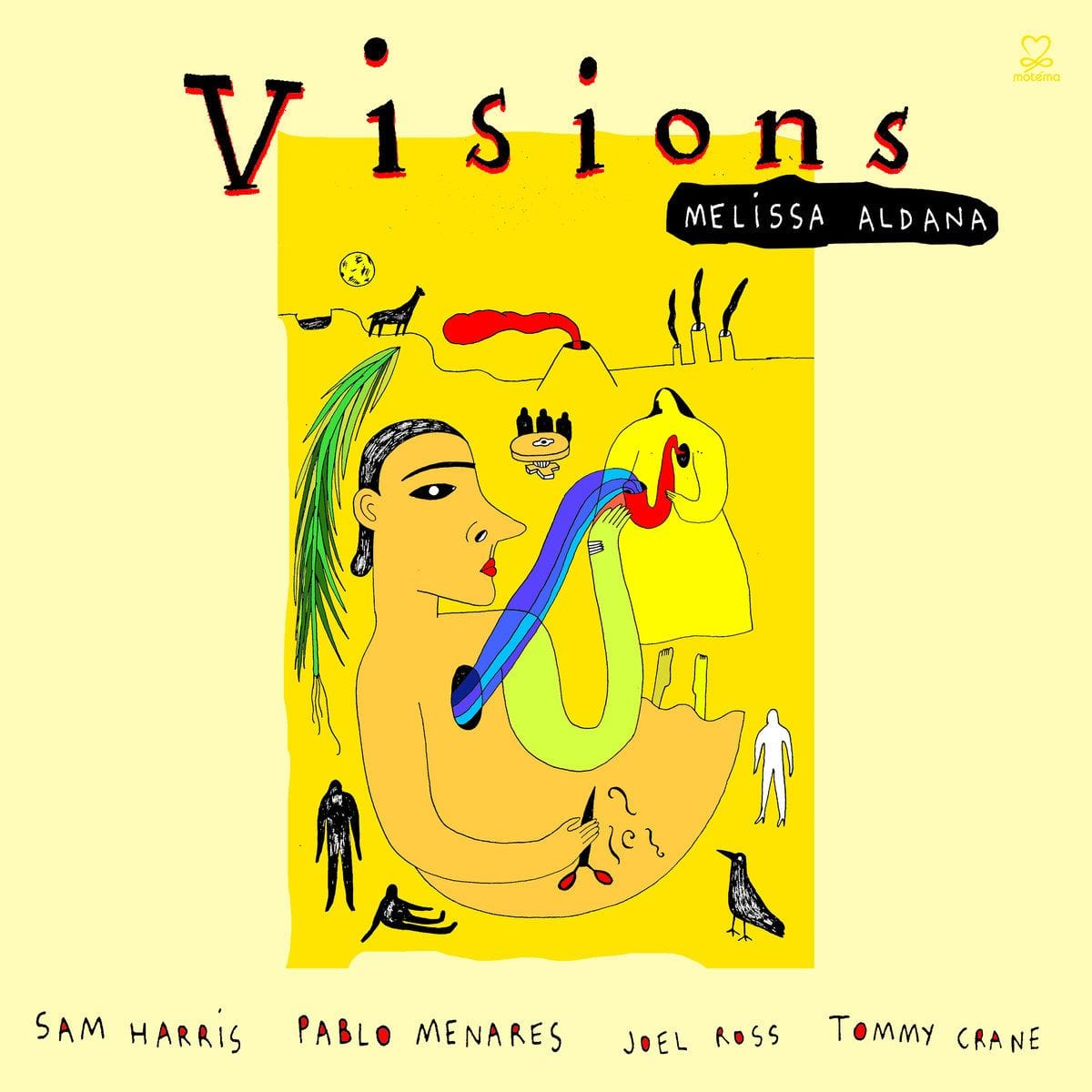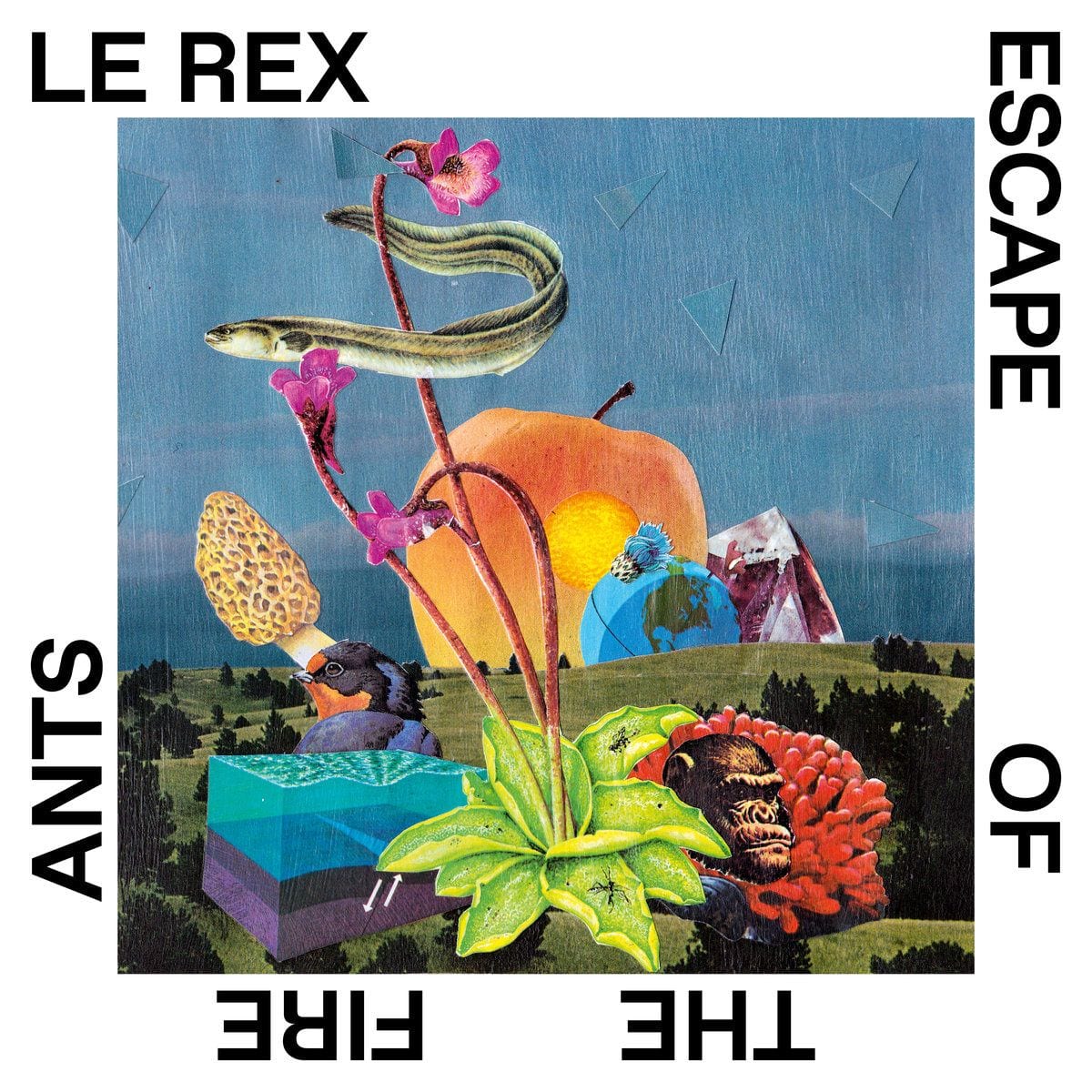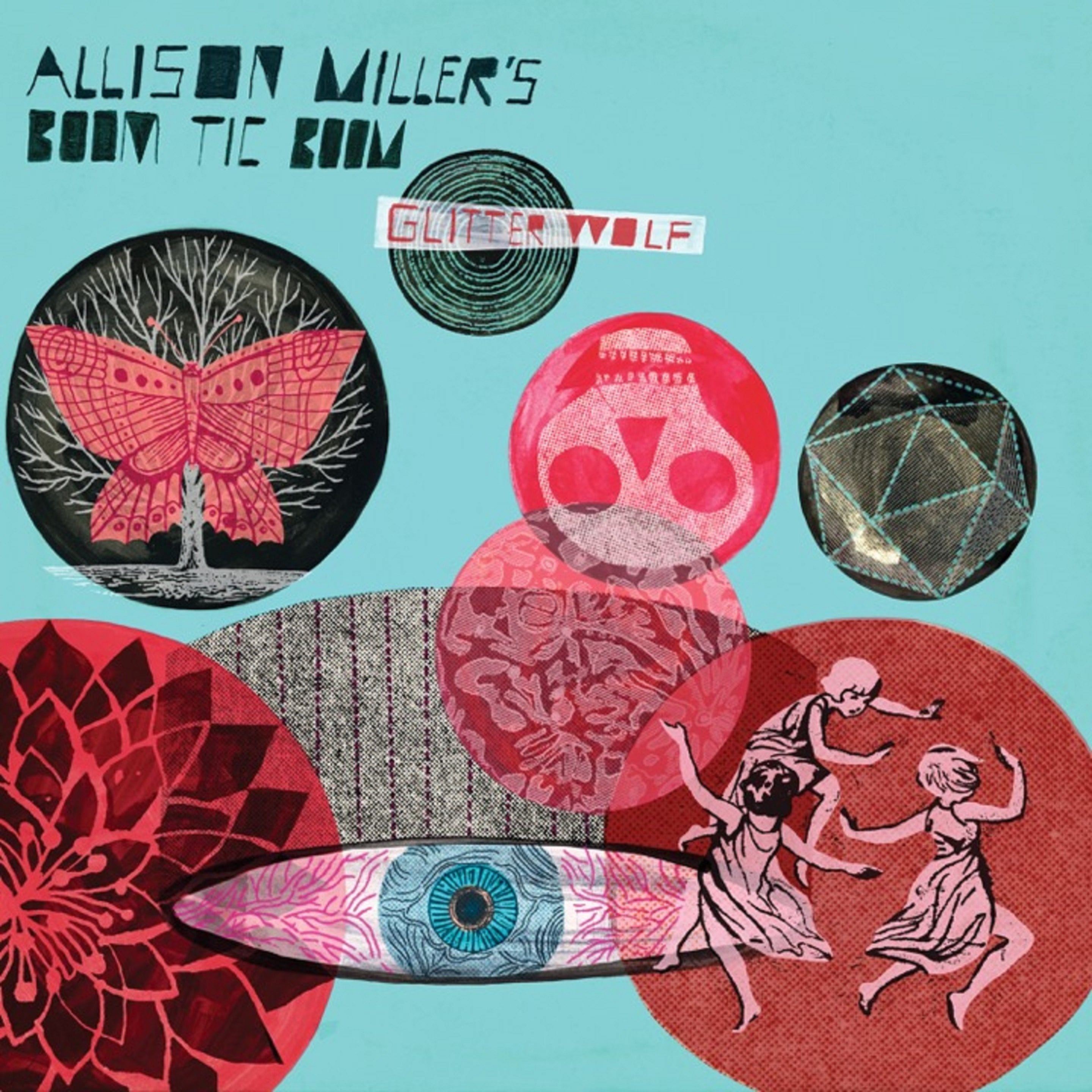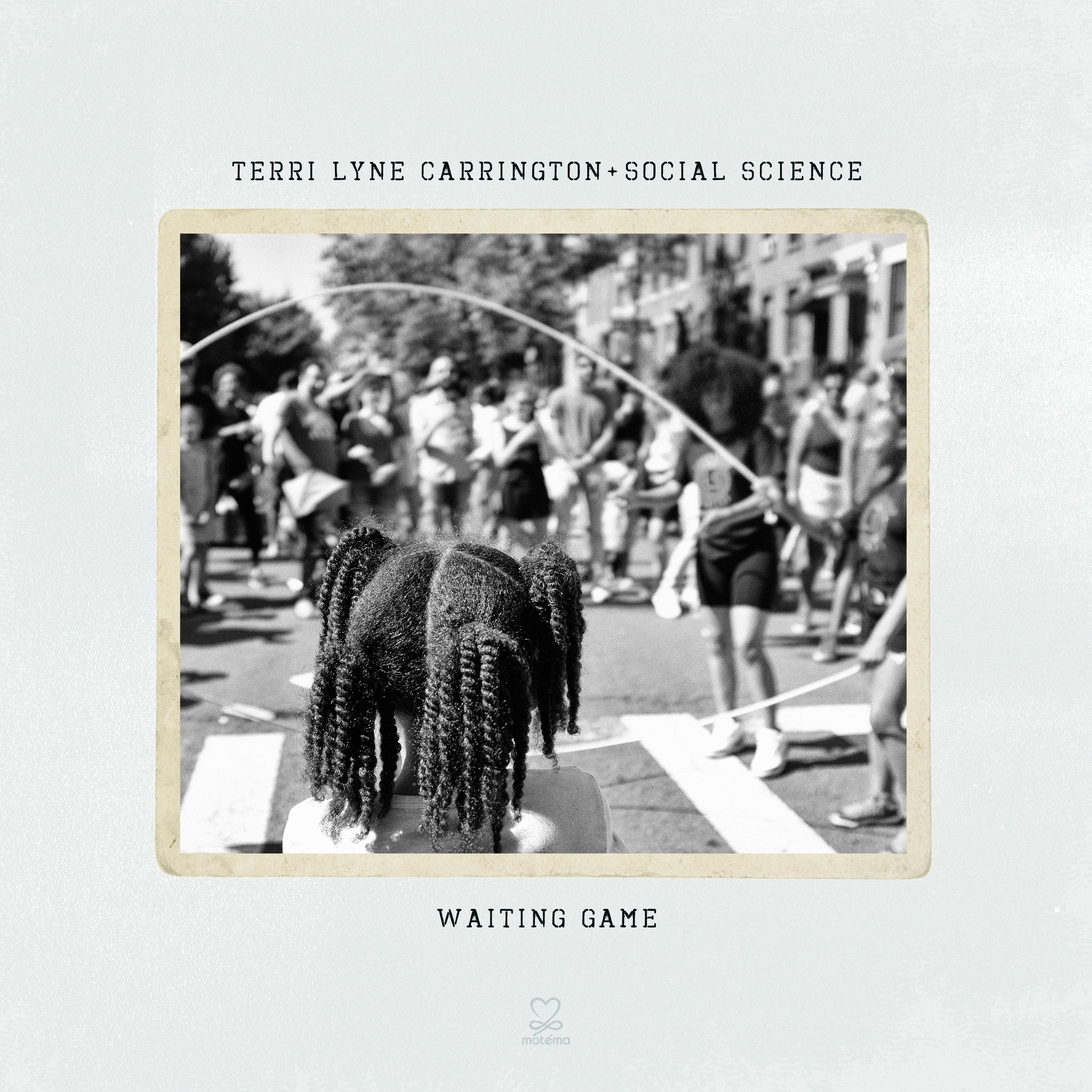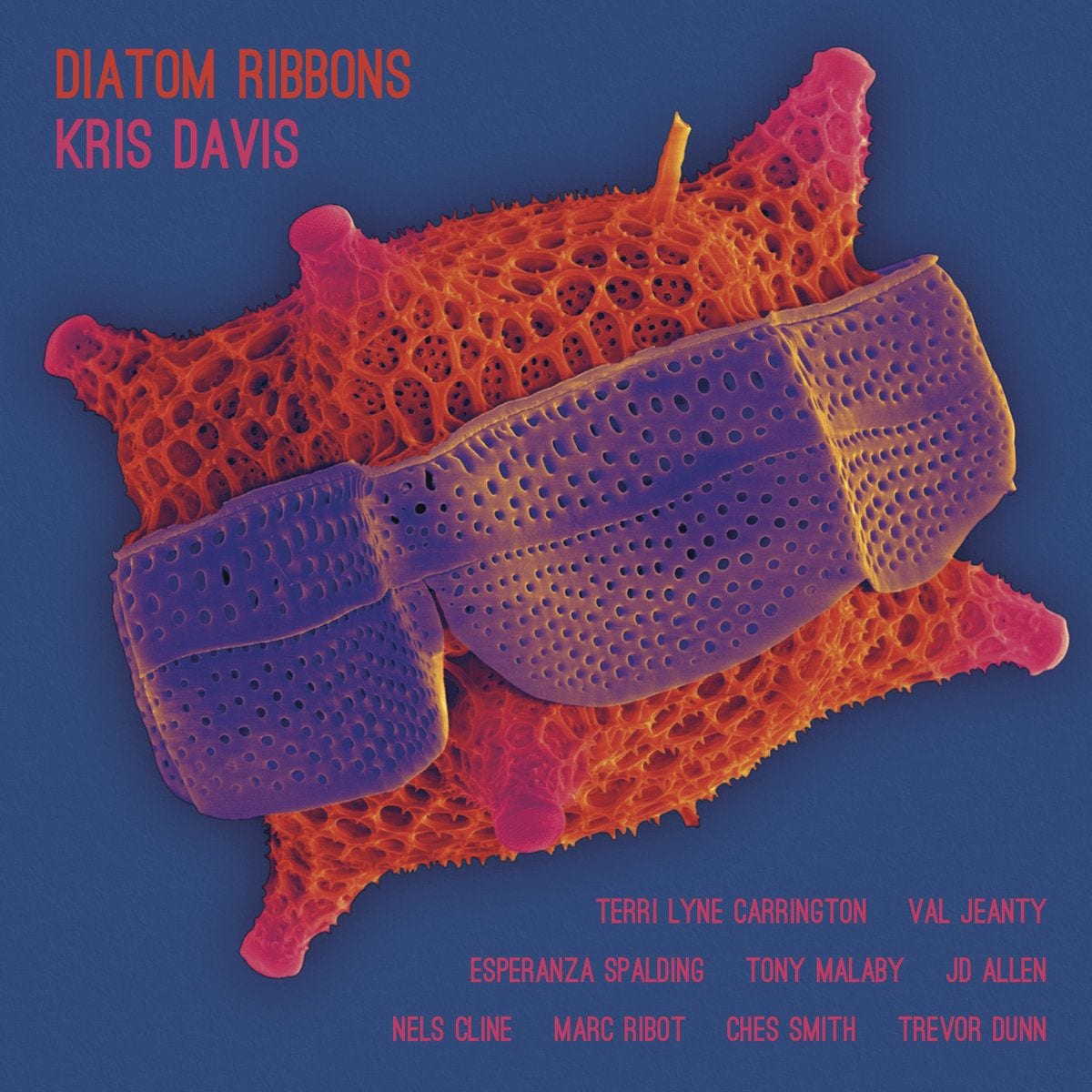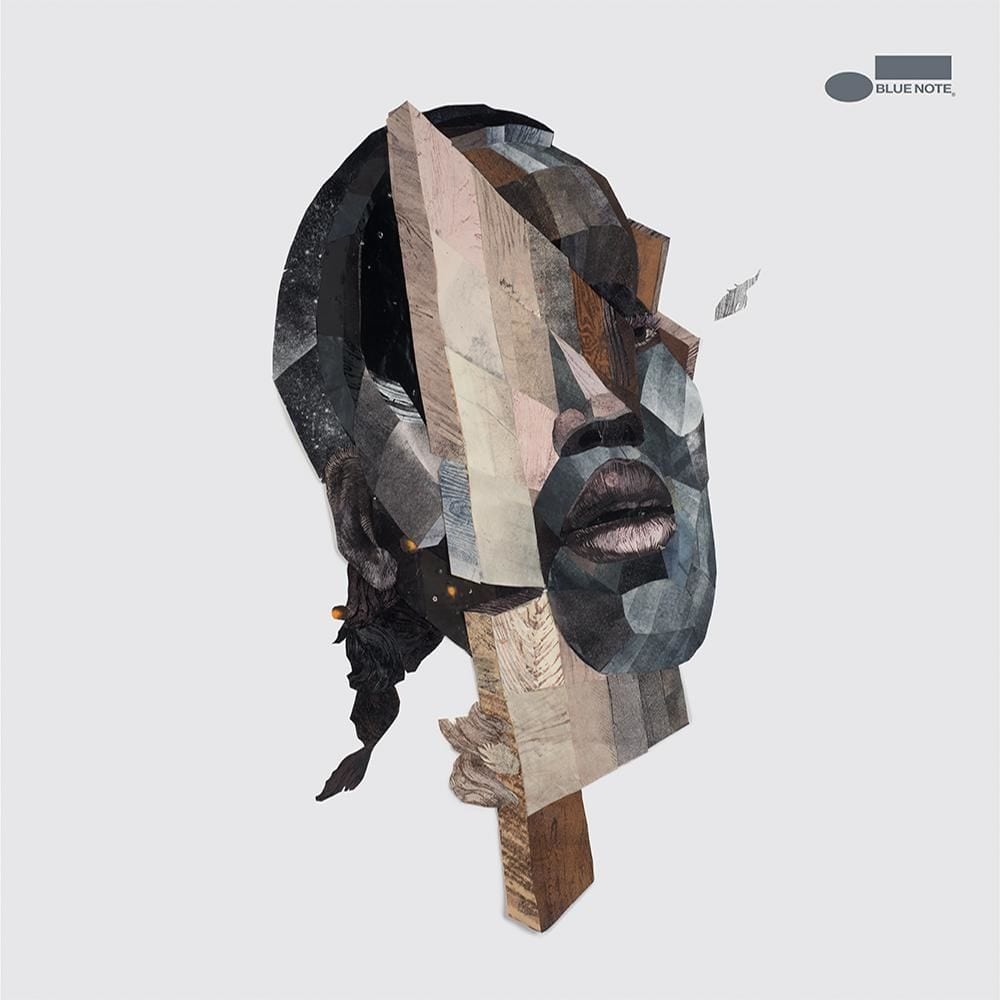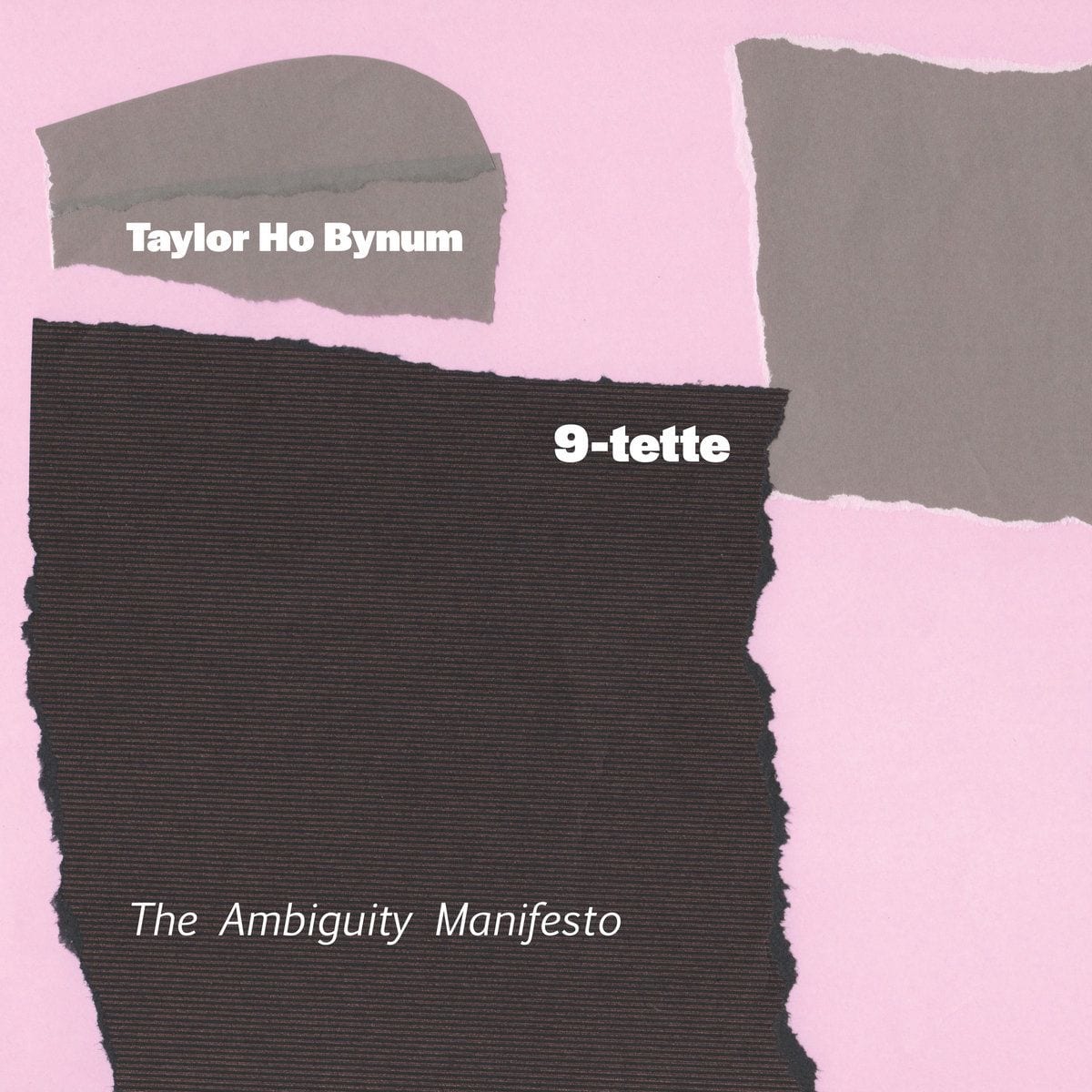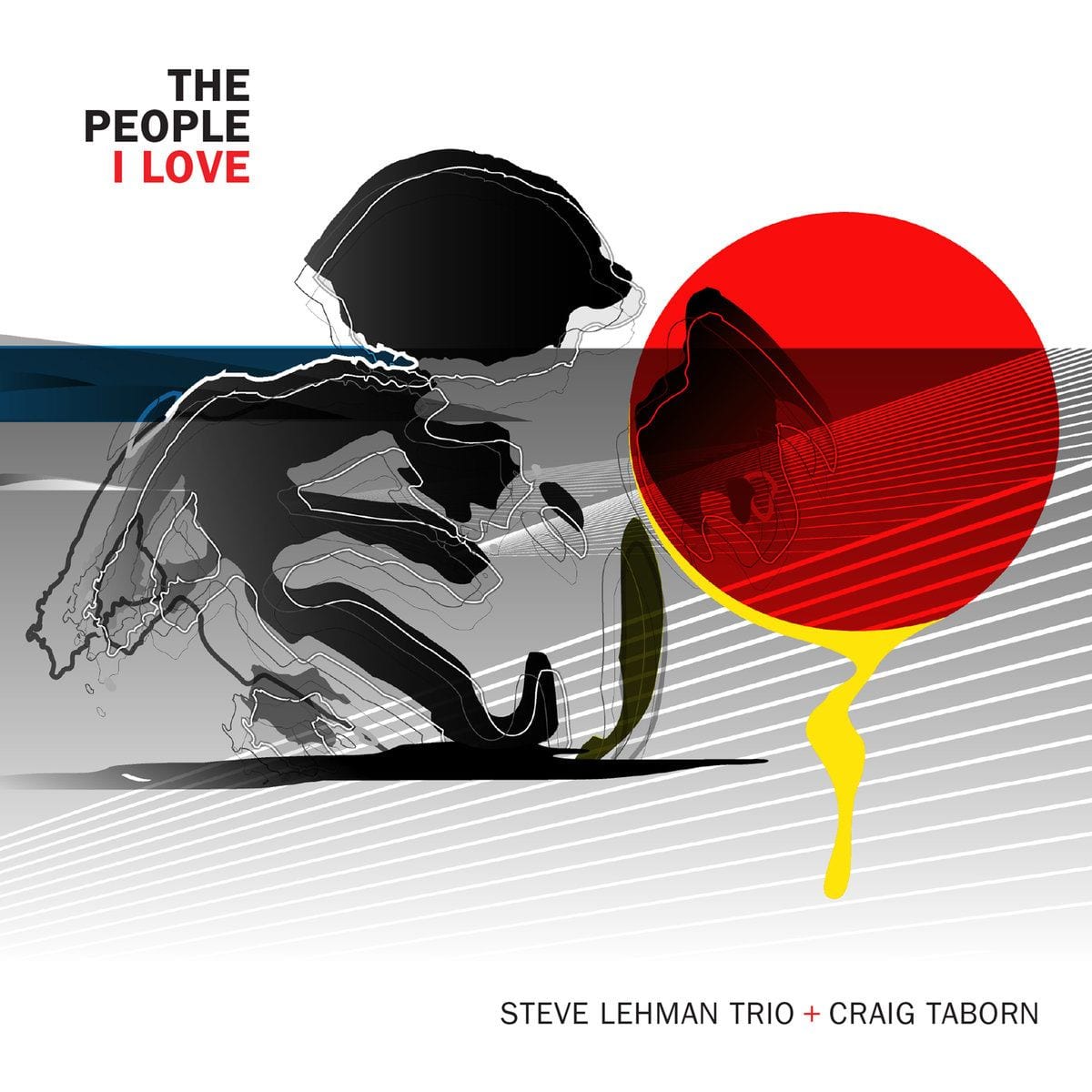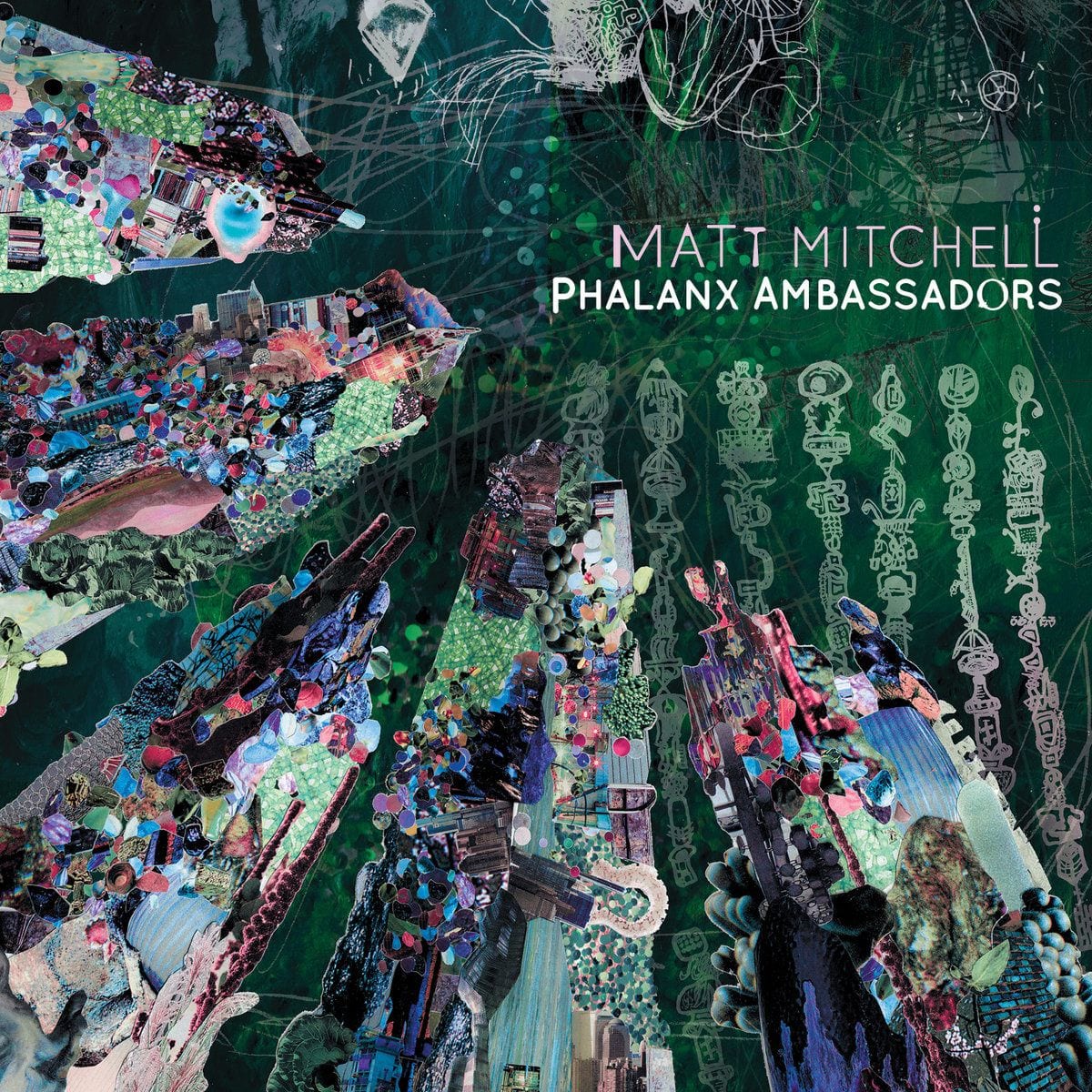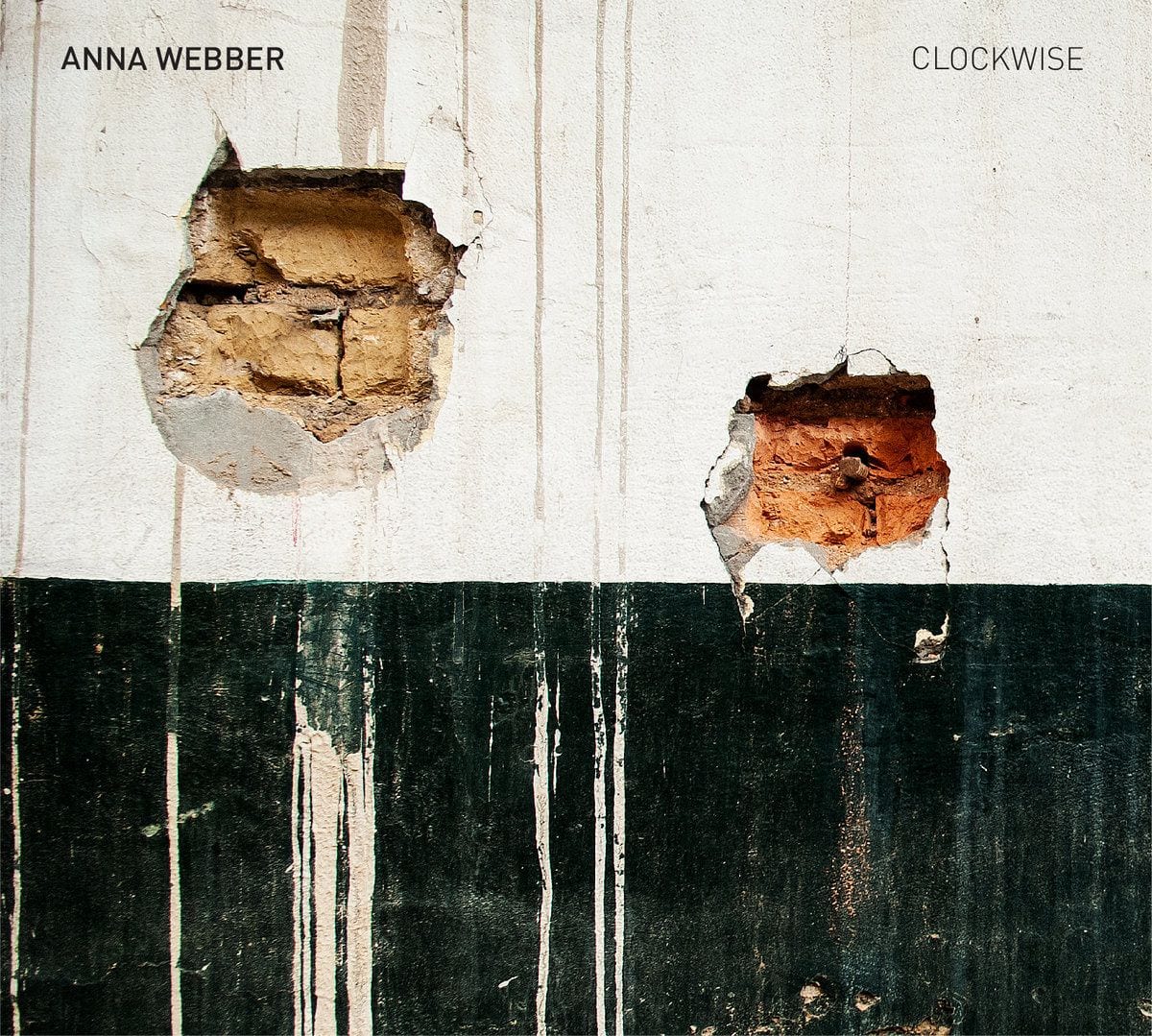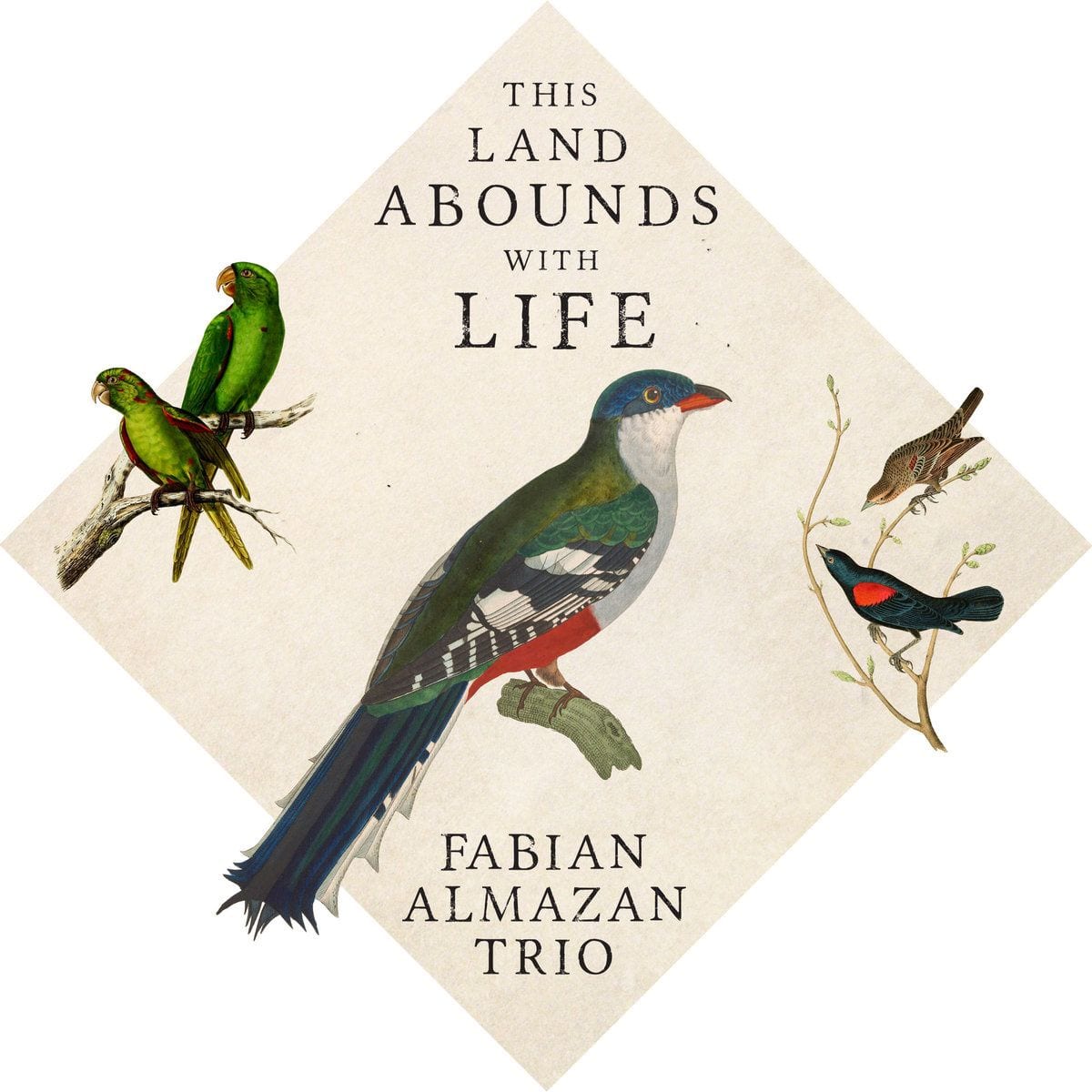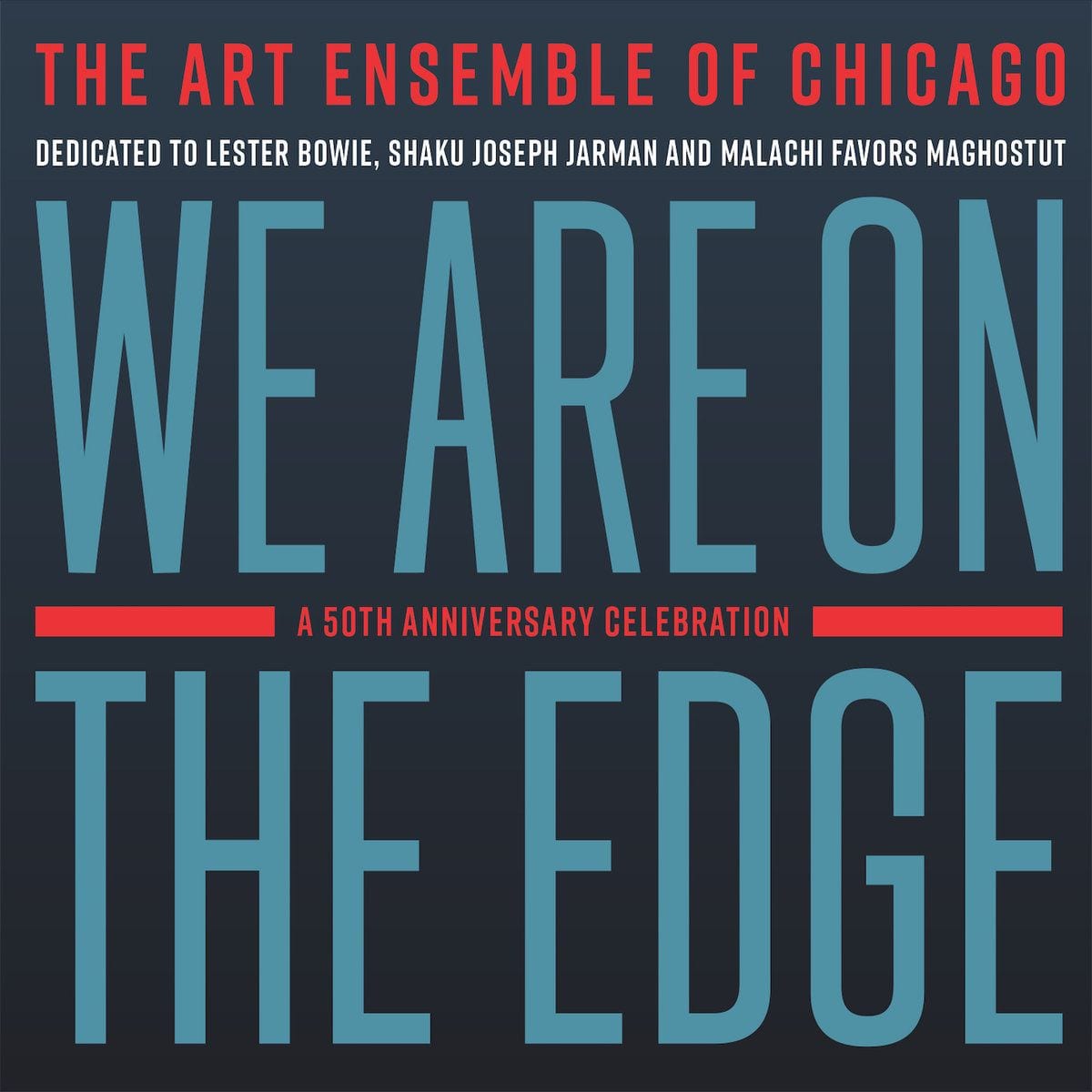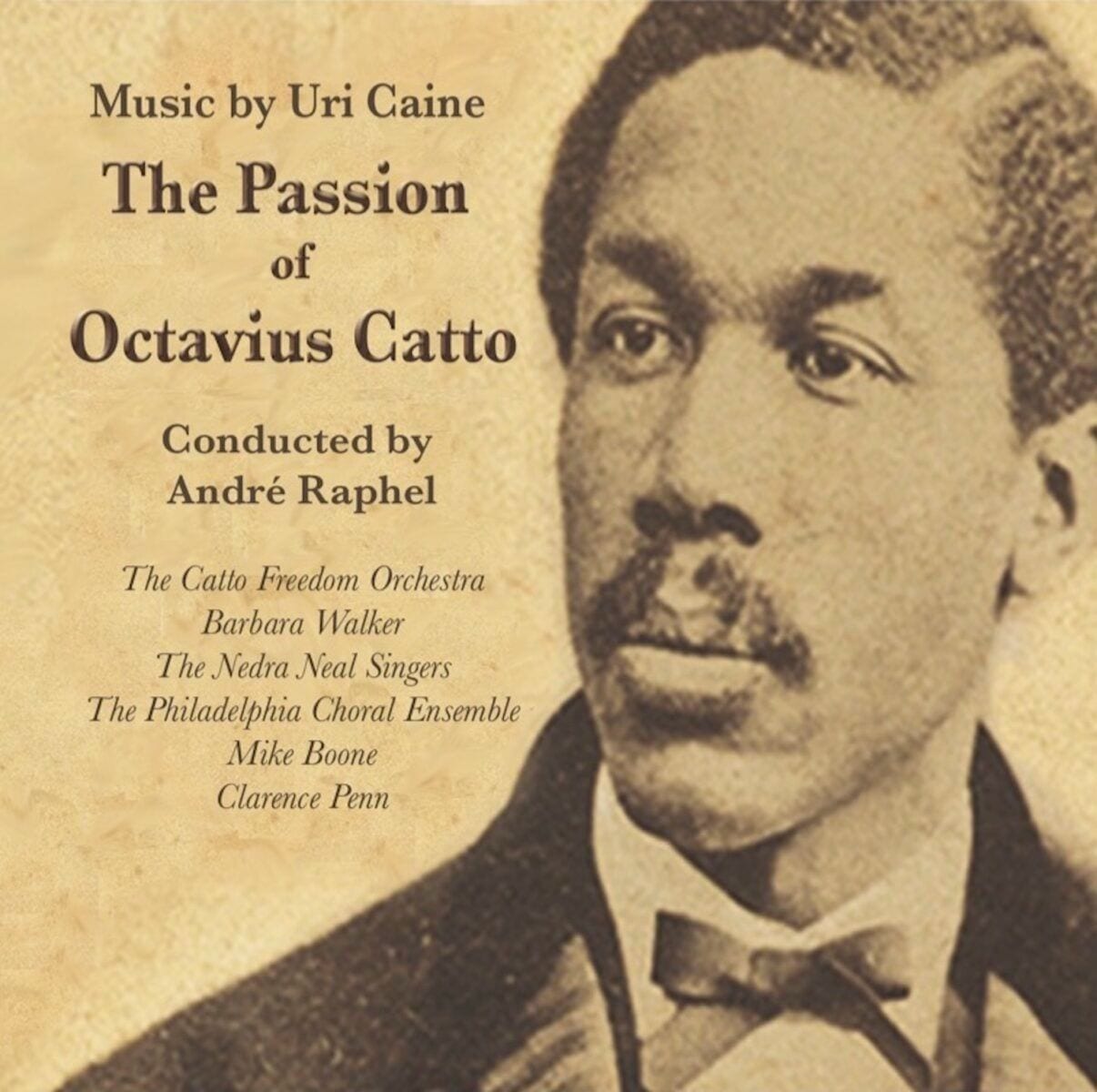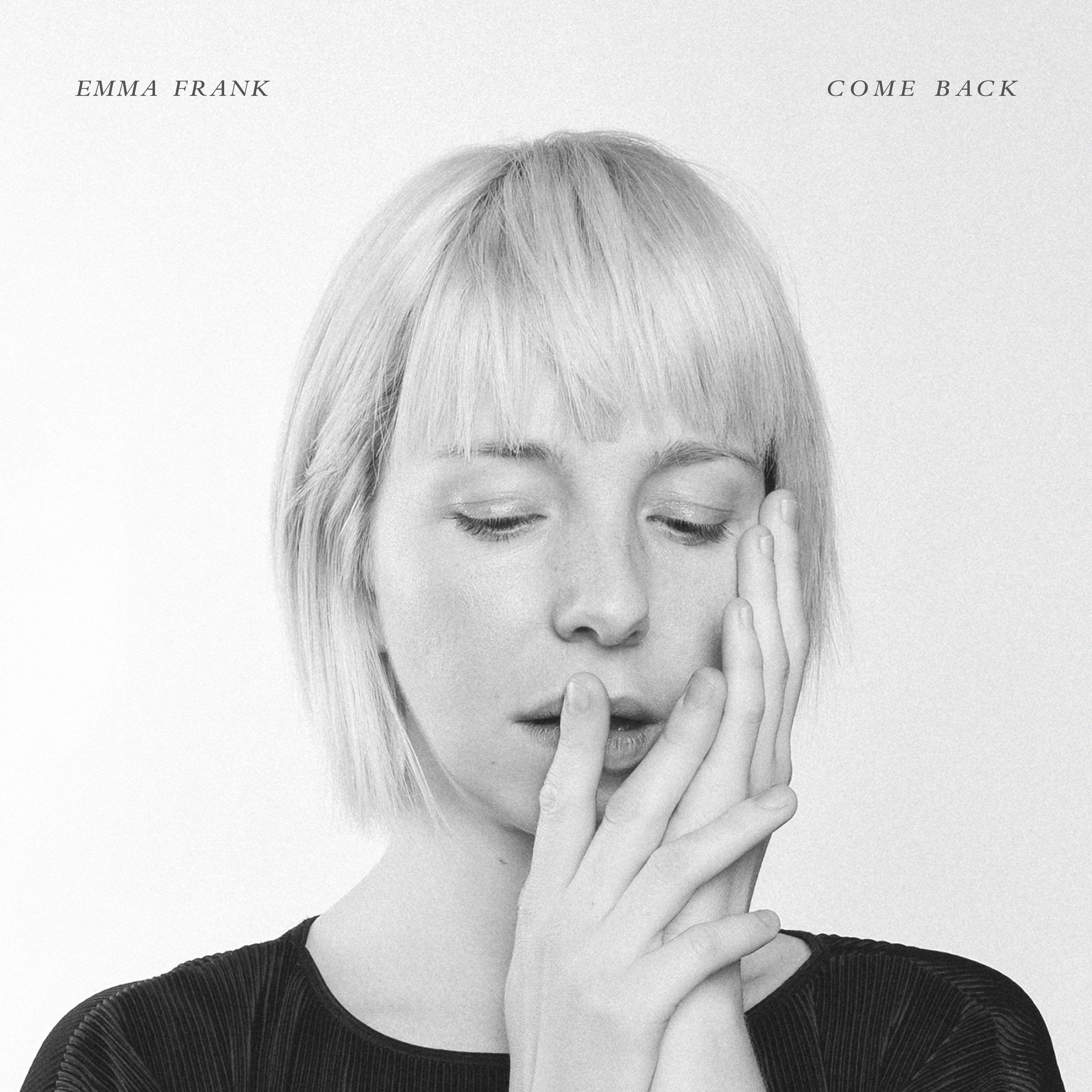The music that gets called “jazz” was utterly boundless in 2019. Partly for that reason, it gets harder to keep using that label without some discomfort. Other phrases—”creative music”, usually applied to the more avant-garde edge of the music—sound more progressive, but they are rarely more useful descriptors. So for simplicity, we are stuck with a word freighted with race and history, issues better discussed in a different column. The music has also been struggling to break free of other politics in recent years, particularly those of gender, with more women asserting leadership in education, in activism, in criticism, and, of course, on the bandstand. Progress is slow but vital.
The music itself, however, flies free of most controversy.
The music that comes from Louis Armstrong, Duke Ellington, Charlie Parker, and Miles Davis remains vibrant and changing. Today, the musicians working in that legacy are fiercely independent but also decidedly cooperative, moving from entertainment to art to politics and then on back again. There remains “jazz” that works with the classic forms of the music’s past, yes, but also jazz in daring conversation with contemporary popular music, jazz that functions in classical formats of the European tradition or the American pop tradition, and the visceral combination of compositional complexity and improvisation that borrows from several traditions at once: the “new jazz”. Schools overlap more than harden these days.
Our list of the best for 2019 ripples with variety and diversity. Great swaths of this music still swing like Count Basie, yes, but there are also gospel choirs and synthesizers, folk song traditions, and microtonal variation. String writing is featured, but so are distorted electric guitars. The music slams like rock stutters like hip-hop and shimmers like a silvery dawn ballad. It is beautiful and gnarled as it sees fit. It is being made by Americans and others with equal conviction, by women and men of every background and skin tone. It is global even as certain all-star bands could surely be assembled from small neighborhoods in Brooklyn alone.
We arranged this year’s best in four themed quartets, but the categories don’t all quite fit. That is the point. Jazz is moving multi-directionally right now, so that the classical, the classic, the contemporary, and the new overlap and inform each other. The feast, however, is the point—all this music is brilliantly creative and alive.
(Note: The recordings are arranged alphabetically by artist within each category, not in a ranked order. For the record, Will’s top three releases of 2019 are those of Kris Davis, Matt Mitchell, and Terri Lyne Carrington, in that order.)
—Will Layman and Todd B. Gruel
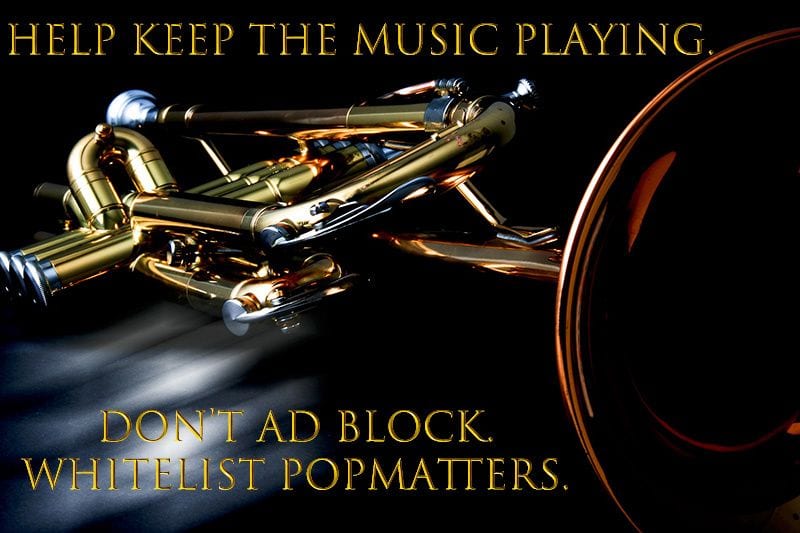
CATEGORY 1: JAZZ IS STILL CLASSIC
These standout albums are grounded in the traditions most fans hold dear. They aren’t “mainstream” exactly, although that jazz tradition remains strong, but they push forward with respect for sounds that most “jazz” fans love.
Melissa Aldana – Visions [Motema]
The still-young tenor saxophonist Melissa Aldana has mostly recorded in a trio format, emphasizing a fluent style of improvisation grounded in Sonny Rollins and Joe Henderson.
Visions is her first recording with a larger band and more conceptual in approach, refracting her art through her view of painter Frido Kahlo, who shares Aldana’s heritage as a Latina and her position as a woman in a male-dominated art world. It’s also Aldana’s most subtle and wonderful recording, using four brilliant young musicians: rising star Joel Ross on vibes, Sam Harris on piano, bassist Pablo Menares, and drummer Tommy Crane.
The colors provided by Ross and the way Aldana’s compositions toe the line between structure and freedom put
Visions neatly in the mode of a mid-1960s Blue Note date featuring Bobby Hutcherson, if you like comparisons. Ultimately the program doesn’t feel like a “blowing session” because the tunes are so beautifully crafted to use the strengths of each player as they interact in the ensembles. Aldana now seems like more than a strong player—a leader and composer with as much history and wisdom on her side as she has any other quality. – Will Layman

Le Rex – Escape of the Fire Ants [Cuneiform]
On Le Rex’s fourth album,
Escape of the Fire Ants, the pincher-trotting mascot may have fled the farm, but we welcome the outbreak. The rowdy brood stings with horns and drums, exciting our senses with each melodic prodding. So how do these unlicensed therapists conduct their sonic sessions? The treatment is wholly holistic; we assure you. If song titles such as “Alimentation Générale” speak to the roots of our flesh, titles such as “Ballad For an Optimist” speak to the canopy of our souls.
The title track sets the mood from the album’s onset: one gloriously writhing, tangled nest of saxophones, trombone, tuba, and drums. Of course, when celebrating the eternal now, it’s easy to party hard. And yet, unlike navel-gazing jazz bands which thrash in orgiastic indulgence, this quintet doesn’t mistake freedom for unity. The music is tightly structured and entirely cooperative. It’s all about the groove, how each player relays melodic cells while patrolling central themes. And the musical themes are global, swinging to everything from Chicago’s urban minimalism to Cape Town’s spry eclecticism, from Belgrade’s buzzing bagpipes to New Orleans’ marching brass bands.
Even at its softest moments, the street-polished harmonies on
Escape of the Fire Ants‘ would still charm bar patrons of mixed sobriety levels—including hardened jazz cynics. – Todd B. Gruel

Allison Miller’s Boom Tic Boom – Glitter Wolf [Royal Potato Family]
Drummer and composer Allison Miller has made her best recording in Glitter Wolf. It is orchestral like this band’s last session, but it is also inherently a dance record: not for the club perhaps but a recording that is endlessly coming up with new ways to shake your hips or get you strutting. Miller’s composing draws from a deep well of music that has a sense of movement in it. The instrumentation of the band—Myra Melford’s percussive piano, Jenny Scheinman on violin (often sounding very “fiddle”-like), Ben Goldberg’s clarinet, Kirk Knuffke on cornet, and bassist Todd Sickafoose—puts several traditions of American music in play beyond jazz: folk and country forms, slices of funk and hip hop, classical “new music” or so-called minimalism, rock in the vein of Frank Zappa, Latin music, and plenty more.
Melford provides the band’s most edgy moments, and Scheinman helps the band to shapeshift, shading the music from balladry to Americana to string-band swing. But it is Miller’s playing that seems capable of anything at any time, from the power of Tony Williams to the subtle shading of Paul Motian. Through it all, however, your ears are engaged by melody and groove, which sounds like a new form of tradition that bends toward the vanguard while reminding you of the classics. – Will Layman

Sam Wilson – Groundless Apprehensions [self-release]
It’s hard not to hear just how easily melodies are wrung from the hands of an old soul like Sam Wilson. Resembling eyespots on moth wings, Sam’s music wards off what preys upon our tenderness. More than easy listening, her compositions are outright easy going. Passing over edgier idioms preoccupying much of non-commercial jazz these days, the Canadian resident returns the genre to its simpler roots, connecting post-bop energy with contemporary production techniques. In addition to performing solo guitar music, Sam writes for small jazz ensembles such as her quintet on Groundless Apprehensions.
Supplementing an obliging rhythm section with electric guitar, trombone, and flugelhorn, every plucked, blown, or struck note sounds boldly bare and every harmony, unabashedly pleasant. The band does it all without rushing; never raising their volume or flexing their muscles. Across nine glowing tracks, subtle themes develop with humble patience, inviting us to inhale their airy atmospheres. Turning away those who seek easy answers, those counting callouses as trophies, Groundless Apprehensions consults another muse. If we pause to reckon with our own unease, we can hear it: the tap, tapping of moth wings against a dew-damp window pane. Go ahead: It won’t hurt to let it in. – Todd B. Gruel

CATEGORY 2: JAZZ IS CONTEMPORARY AFTER ALL
Jazz has been absorbing and making art from pop music for as long as it has been around, but in the last decade the music’s best have been working with soul and hip-hop in ways that are simultaneously daring and natural. The result sounds less and less like some kind of commercial compromise and more like the seamless integration of traditions that these great musicians simply grew up loving.
Terri Lyne Carrington and Social Science – Waiting Game [Motema]
Carrington has been one of the most masterful drummers in the world for decades, working as a mainstream player in various fusion forms and in popular music too. Her new band Social Science is an all-star ensemble that does it all, with pianist Aaron Parks, guitarist Matthew Stevens, and bassists Derrick Hodge or Esperanza Spalding capable of achieving studio polish or idiosyncratic free dialogue.
This two-disc set tackles two very different projects but uses the same sensibility and the same sonic tools, proving that categories in this music don’t mean much anymore. The first set features a hip array of guest singers (Mark Kibble from Take Six, Malcolm-Jamal Warner, Kassa Overall, Meshell Ndegeocello, others) performing original songs of a political/social bent—and the incredible rhythm section generates a potent and seductive sway that brews neo-soul, hip-hop, and indie rock into something hypnotic and sexy.
The second set allows the same band to create long-form improvisations that were then provided with subtle orchestrations added afterward. These tracks are both as “free” and unbounded as anything on this list and completely engaging and delicious to the ear, seeming less like “jazz” or “classical” or any other word than like the faces and personalities of these musicians—with Spalding’s acoustic bass and Stevens’ guitar making impressions greater than on any of their own recordings. There is a tip of the hat here to groundbreaking work by Joni Mitchell and recent work by saxophonist Wayne Shorter, but ultimately Waiting Game is its own astonishing accomplishment. – Will Layman

Theo Croker – Star People Nation [Sony Masterworks]
Having arrived just ahead of summer, Theo Croker’s fifth studio album, Star People Nation, rides a placid breeze spanning aerial jazz and hip-hop grit. Whether meandering across instrumentals or hosting guest vocalists, Theo’s funky tone-poems engulf us in a soft cocoon, cool in demeanor, yet warm to the touch. In thrilling defiance of genre borders, his use of pop, soul, world, and ambient music styles finds equal footing within Star People Nation.
Previously collaborating with rappers such as J. Cole and Common, the Los Angeles resident has an ear for scuttling beats and bobbing bass lines. Subtle studio flourishes also lend color and shape; listen for the jungle-like whooping on “Just Let It Ride”; flanged trumpet on “Wide Open”; and spry flute on “Crestfallen.” Along the way, guest vocalists ground an album that otherwise sticks to jet streams. Jamaican reggae singer Chronixx guests on the album’s closer, “Understand Yourself”, returning the music to a global mantra.
As inclusive as his sonic world may be, Theo understands that true advancement requires the support of our collective past. Born in Florida to a civil rights activist father and a guidance counselor mother, we can hear the allegory in Theo’s music. Enriched by smoked fish and gator bites as much as yoga and transcendental meditation, he swings to the beat of his own history, splitting quarter notes with impassioned nonchalance. He’s all soul. And we’re all ears. – Todd B. Gruel

Kris Davis – Diatom Ribbons [Pyroclastic]
Diatom Ribbons is pianist Kris Davis’ most ambitious and most inviting project to date. A veteran of a series of daring and avant-garde collaborative sessions over the last decade-plus, Davis has now crafted a collaboration that is intent on generating groove while not backing down from freedom. Davis is not only collaborating with artists of greater renown such as drummer Terri Lyne Carrington, bassist/singer Esperanza Spalding, guitarist Nels Cline, bassist Trevor Dunn, and hip-hop artist Val Jeanty. But she is also incorporating elements of hip-hop, rock, and groove music that help her gnarly forms more easily get through to listeners who need a musical foothold.
When Cline and guitarist Mark Ribot tangle on “Golgi Complex”, a rock jam is happening but on Davis’s craggy terms. When saxophonists J.D. Allen and Tony Malaby harmonize and trade solos, Davis seems to be evoking late 1980s MBASE funk. And when Spalding sings a sinuously winding Davis melody, you feel that the pianist’s unique voice has slipped on velvet gloves. Diatom Ribbons keeps at this kind of trick: making daring music seem as delicious as a hot fudge sundae. – Will Layman

Kendrick Scott Oracle – A Wall Becomes a Bridge [Blue Note]
Drummer Kendrick Scott has been leading this band for a while, and it is another manifestation of jazz that is soulful without seeming in any way sold out. The underrated Taylor Eigsti is on piano and Rhodes, along with bassist Joe Sanders, guitarist Mike Moreno, woodwind player John Ellis, and—on this outing—Jahi Sundance, adding turntable texture and flow. The group plays with sympathetic ease that fuses tricky rhythms with a truly unified sound. Producer Derrick Hodge adds wordless vocal texture on some tracks, sweetening the sense of arrangement without cluttering the sound. Oracle, then, draws together many strings from the past: the best fusion, the coolest modern jazz playing, influences from hip-hop and groove music, and a lyricism that shot through all the great American music from Aaron Copland to Lester Young, from Armstrong to Keith Jarrett. Oracle weaves these strands into something that isn’t hard to hear or too easy to forget. Kendrick Scott is a wonderful consolidator, and it feels just right that A Wall Becomes a Bridge is named with optimism. – Will Layman

CATEGORY 3: JAZZ IS STILL DARING
These releases embody what we have been calling the “new jazz”—a highly structured combination of complex composition (drawing some significant comparison with classical “new music”) and daring improvisation. Coming from the tradition of Anthony Braxton, Henry Threadgill, and others, this music has deep roots but also feels like it is the freshest development in the last two decades of this music. Influences also include noise-rock, hip-hop, and ambient music, to name just a few strands the new jazz pulls together . . . and blasts apart. It is notable that three of these releases are from Pi Recordings, one the hero labels of the century so far.
Taylor Ho Bynum 9-Tette – The Ambiguity Manifesto [Firehouse 12]
This kinda-big band session is loose and funky and free, something that takes the new jazz into a space that almost feels like a jam band, in the best sense. Tunes like “neither when nor where” come off as riff-based groovers that know where the pocket is. Bynum’s cornet blends with low brass, Tomeka Reid’s cello, two reeds, and Mary Halvorson’s high-wire electric guitar in setting up ragged lines that push your ears toward joy. The rhythm section of Tomas Fujiwara (drums), Ken Filiano (bass), and Stomu Takeshi (bass guitar) makes even the more abstract selections feel elastic and fluid.
But the highlights here are proof that jazz is finding more ways to mix its most daring streak with a sense of fun. “real/unreal” begins in pastoral squiggles and becomes a backbeat-infused jam before transforming into som thing stately. Ingrid Laubrock’s tenor sax gets weird and wooly on “ally enter”, and her soprano is the eerie soul of “unreal/real” as it snakes around a group melody that moves in slow motion. This music feels like a slow-growing thing that lets you in even though it is challenging. – Will Layman

Steve Lehman Trio + Craig Taborn – The People I Love [Pi]
Alto saxophonist and composer Steve Lehman has been working with larger groups recently, but this quartet date is deliciously lean and swinging, just differently so. Lehman still traffics in microtonal variations that hint at his “spectral harmony” experiments, and his partnership with pianist Craig Taborn allows him to build compositions around unusual harmonies that can still sound lush and inviting. But somehow, no matter how complex the rhythms and harmonic structure are, the small-band format allows the date also to swing like mad. The very tricky polyrhythms of “Ih Calam &Ynnus” (read it backward) are propelled forward by Damion Reid’s drums with such fire that they never sound tricky. Matt Brewer keeps the bottom equally powerful and rooted on bass.
Ultimately, this is a date for great improvising that comes off as fresh precisely because Lehman has devised settings that push the players in new ways. Still, Taborn, Brewer, and the leader all play with a fluidity that recalls Charlie Parker and Bud Powell as much as Steve Coleman or Cecil Taylor. And the fact that Lehman includes tunes by Kenny Kirkland and Jeff “Tain” Watts tells you that this new jazz is connected intimately with a slightly older mainstream. – Will Layman

Matt Mitchell – Phalanx Ambassadors [Pi]
If the new jazz has had a high watermark, it may be this breathtaking jawdropper from one of the best pianists and composers now working. Mitchell assembled a band rich in highly percussive players—Miles Okazaki on guitar, Patricia Brennan on vibraphone and marimba, bassist Kim Cass, and drummer Kate Gentile. As a result, this music never distinguishes between rhythm and melody—and it is always in the process of pushing the music with urgency, even when the tempo is slower.
The partnership between Mitchell and Gentile is central to the chemistry, as she is always thinking orchestrally. On “stretch goal”, she comes out of the gate with ferocious energy, placed out front in the mix by producer David Torn, playing time that is tricky, yes. Still, your ears and your body do not care about the complexity because the music is simply coming at you with such energy and power, You react like you were listening to Led Zeppelin. When you’re through hearing the full sequence of the recording, you will feel that you’ve just heard Eric Dolphy’s Out to Lunch supercharged by George Clinton’s Funkadelic or the Bach cello suites performed backward and upside down by Cecil Taylor, Jimi Hendrix, and Tony Williams descended from musical heaven.
Phalanx Ambassadors, finally, is the new jazz cut free of its No Fun Here Smarty-pants-ness. This music is sexy as well as smart. It proves that “creative music” can have a joyous id. – Will Layman
Anna Webber – Clockwise [Pi]
Clockwise is another new jazz triumph, and also one that overcomes the genre’s “head over heart” problem by focusing on rhythm and the dance impulse in the music. Webber has assembled a seven-piece group, two reeds/woodwinds (herself and Jeremy Viner); trombonist Jacob Garchik; the rhythm section of Matt Mitchell (piano), Chris Tordini (bass); and cellist Christopher Hoffman. Most of the pieces are based on Webber’s interest in the percussion music of a set of favorite modern classical composers, which music she has analyzed, pulling out specific passages that could be rearranged and reimagined into new compositions entirely. Core to the recording then, are cells of rhythm, pulses that drive the music forward.
There are real challenges to the ear on Clockwise—passages that phase out of tune on purpose, for example, or sections that clatter rather than swing–but there are also grand improvisations by Mitchell and growling statements by Garchik that will rattle your heart. Viner has moments where he swings like Don Byas as well as moments of abstraction. Webber’s music, here, rises above awkwardness and leaps to life. – Will Layman
CATEGORY 4: JAZZ IS FINALLY CLASSICAL IN THE RIGHT WAYS
Here are three releases, finally, that seem not to be jazz at all—plus one that reinvents the most classical of jazz traditions, the piano trio. They are a great way to round out a year in which this music surely reached far beyond its usual boundaries and also came back home again, over and over.
Fabian Almazan Trio – This Land Abounds with Life [Biophilia]
Almazan has been recording both with this trio and with a larger ensemble of strings in recent years. Here, only one track includes the string quartet and the trio (with Linda May Han Oh on bass and Henry Cole’s drums), is given a chance to redefine what a “jazz piano trio” ought to be. This tried-and-true jazz formula—acoustic piano, acoustic bass, drums—is adapted it to a new century’s sound and reach. This Land Abounds with Life is a profoundly orchestral artistic statement, using the three sounds of band with care across each track, as well as field recordings from a trip back to Almazan’s native Cuba on three tracks.
Every arrangement is deliberate and structured, truly “composed” while not inhibiting the freedom of the trio as an expressive entity. The composed elements are so broad in source and style—classical-sounding etudes, recorded voices, Afro-Cuban grooves, ballad structures from jazz history, unison lines of dazzling complexity, cinematic sections of mood or impressionism that might include washes of synthesizer—that they succeed in making Almazan’s “jazz trio” seem like something wholly new from within such a storied historic form. – Will Layman

The Art Ensemble of Chicago, We Are on the Edge: A 50th Anniversary Celebration [Pi]
The idea of a new recording by the famed Art Ensemble of Chicago in 2019 seemed odd. Only reed player Roscoe Mitchell and percussionist Don Moye still remain from the classic line-up, but We Are on the Edge isn’t worried about recreating the past. Rather, it creates new things in the spirit of the Art Ensemble’s legacy. Great Chicago-based players from today are on board to play a few old classics, but isn’t it fitting that the emphasis here is on Great Black Music, Ancient to the Future?. Split between a studio session (AEC’s first since 2004) and a live concert from “Edgefest 2018” in Ann Arbor, Michigan, this release reimagines and transforms the Art Ensemble concept in the image of today’s new jazz, which was so forcibly formed by the Art Ensemble, to begin with.
Both the studio set and the live set are meticulous and precise, rarely suggesting the tribal tumult of the band at its peak. Indeed, We Are on the Edge is largely marked by riveting compositions for strings from Mitchell. It is the closest this music has ever come to using European constructs in a revolutionary manner, and it is breathtaking. The new soloists are wonderful: flutist Nicole Mitchell and trumpeter Hugh Ragin, in particular. And the band incorporates singing and texts that enrich the sound and the meaning of the tradition. In every sense, this document would be a fitting finale except for the fact that it opens so many new doors. – Will Layman
Uri Caine – The Passion of Octavius Catto [816 Music]
The pianist and composer Uri Caine was once known for creating wildly creative concept records featuring music by Mahler or Bach that was transformed through his kaleidoscopic use of jazz, funk, gospel, and other styles. Caine’s latest is something less flashy but more breathtaking. He uses his jazz trio, a blues/gospel soloist, a gospel choir, and an orchestra to tell a little-known civil rights story from his hometown of Philadelphia in all-original music.
Listeners wary of projects that try to combine jazz with other styles—particularly orchestral classical music—have every right to raise an eyebrow. But this music will blow past those objections with its melodic sweep and its genuine power. When it reaches for the heavens, it does so honestly. When it swings, look out. When it gets cerebral, it does so beautifully. There is chattering 20th-century classical composition, gutsy call-and-response, tender balladry, and a slew of moments that float in the middle. And the story itself needs to be heard—a labor of love and devotion during a year when racism seems less like history than a headline. There hasn’t been something this ambitious and complete in this blend of style ever. You can’t call it “jazz”, but then again, only a jazz player with Caine’s sweep and talent could have imagined it. – Will Layman

Emma Frank – Come Back [Justin Time]
Here is another record that probably shouldn’t be thought of as “jazz” but that is shot through with the kind of harmonic and melodic light that comes from this music. Emma Frank is a hush-voiced singer and writer of subtly brilliant songs, and this is her second recording with pianist Aaron Parks as a collaborator. Come Back improves on 2018’s Ocean Av. Parks contributes flashes of harmony that almost no folk or rock song would have use for. He doesn’t take many “jazz solos”, but Parks and Frank are a unit, integrated. She makes sense of his playing in a new way, and he seems to complete her in this set of nine miniature heart-tuggers.
The slightly tart tunes are complemented by literate lyrics that, nevertheless, cut to the center of the heart, addressing romance as poetry and yearning. Given that Frank and Parks manage to find original hooks amidst their mixture of songcraft and jazz, these love songs feel like they should be radio hits in some new era of grown-up pop music. Perhaps that’s asking way too much of today’s pop audience, but the music is good enough to work a miracle or two. Why not that one? – Will Layman



